Search
Search Results
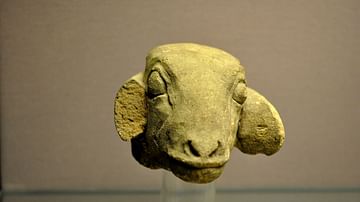
Article
The Debate Between Sheep and Grain
The Debate Between Sheep and Grain (c. 2000 BCE) is one of the best-known Sumerian literary debates in a genre that was popular entertainment by the late 3rd millennium BCE. In this piece, personifications of grain and sheep argue which is...
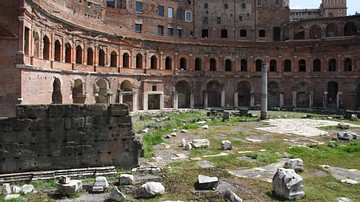
Article
Trajan's Market
Trajan's Market is the name given in the early 20th century CE to a complex of buildings in the imperial fora of Rome constructed in 107-110 CE during the reign of Trajan. The complex included a covered market, small shop fronts and a residential...
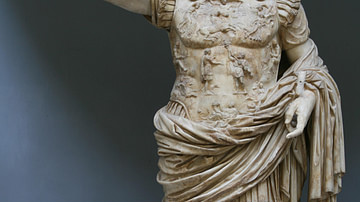
Article
Augustus' Political, Social, & Moral Reforms
Augustus is well known for being the first Emperor of Rome, but even more than that, for being a self-proclaimed “Restorer of the Republic.” He believed in ancestral values such as monogamy, chastity, and piety (virtue). Thus, he introduced...

Article
Social, Political & Economic Landscapes in Kautilya's Arthashastra
The Arthashastra (or Arthaśāstra) is one of the oldest surviving treatises on statecraft. There is considerable debate about the dating and authorship of the text; it underwent compilation, recension, and redaction several times over the...
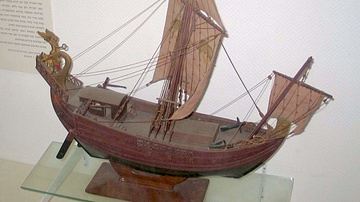
Image
Roman Grain Ship Model
Model of a Roman grain ship,
National Maritime Museum, Haifa, Israel.
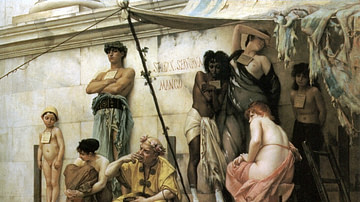
Image
Ancient Roman Slave Market
Painting by Gustave Boulanger (c. 1882 CE) illustrating what an ancient Roman slave market auction may have looked like.

Image
Trajans Market, Rome
Trajan's Market in Rome, 107-110 CE. The complex was originally on three street levels and only a part was devoted to commercial purposes. The upper level included a covered shopping arcade whilst the lowest level alcoves set in the semicircular...
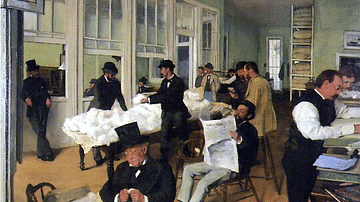
Image
The Cotton Market, New Orleans by Degas
An 1873 oil on canvas painting, The Cotton Market, New Orleans (aka The Cotton Office), by Edgar Degas (1834-1917), the French impressionist painter. The scene shows a busy office with 13 people, including buyers, brokers, and office layabouts...
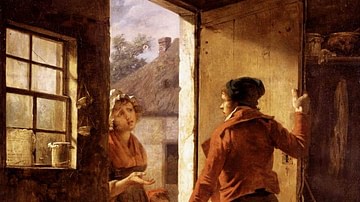
Definition
Flour War
The Flour War refers to the series of approximately 300 riots that swept through France from April to May 1775, because of rising bread prices. The revolts only subsided after soldiers had been deployed, resulting in hundreds of arrests...
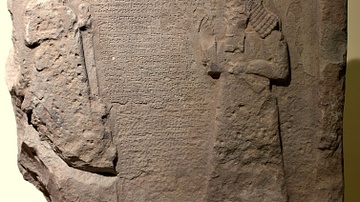
Image
Neo-Assyrian Political Pact Stele, Al-Anbar
Only this fragment of a large stele has survived. On the surface, the Assyrian and Babylonian kings were carved in relief. The cuneiform inscription narrates a political treaty between them. The faces of the kings were deliberately vandalized...